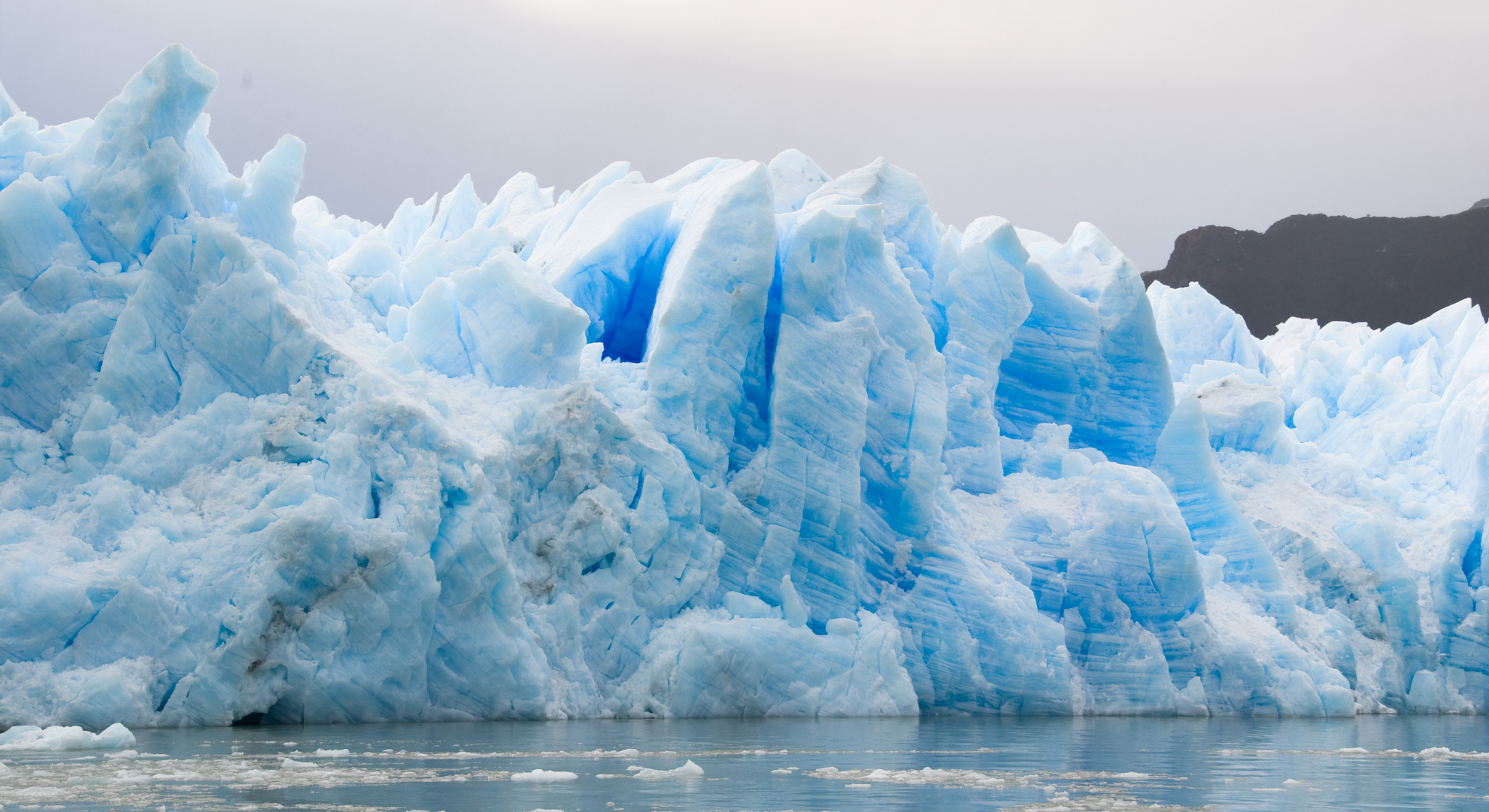High in the Southern Alps, where snow-fed rivers begin their journey to the sea, one of New Zealand’s most iconic glaciers is changing before our eyes — and not for the better.
A new study has revealed that this South Island glacier is retreating at nearly double the rate scientists had predicted just a decade ago. The findings have shocked researchers and raised fresh concerns about the long-term future of the country’s glacial landscapes.
A worrying trend in the Southern Alps
Glaciers naturally advance and retreat over centuries, responding to climate patterns. But the pace of change here is unprecedented. Aerial photographs taken this summer show exposed rock where thick ice once lay, and meltwater streams carving deep channels into what was, until recently, solid glacier surface.
“We expected to see gradual retreat, but what we’ve recorded is accelerated loss,” says Dr. Michael Harris, a climate scientist who has studied the glacier for over 15 years. “In some places, the ice has thinned by more than 30 metres in just five years.”
Why this glacier matters
This isn’t just a remote natural wonder. The glacier acts as a critical freshwater reservoir, feeding rivers that support farming, tourism, and hydroelectric power. Its seasonal melt helps stabilise water flows during dry summer months, benefiting communities far downstream.
If the glacier continues to shrink at this rate, experts warn:
- Summer river flows could drop sharply, affecting irrigation and agriculture.
- Hydroelectric output may become less reliable during peak demand.
- Tourism could take a hit, as the glacier becomes harder to access and less visually spectacular.
What’s driving the rapid melt?
The primary culprit, scientists say, is a combination of warmer-than-average temperatures and reduced snowfall in recent years. Changing wind patterns have also brought more frequent warm rain events instead of snow, stripping the glacier’s protective white surface and exposing darker ice that melts faster.
Dr. Harris adds that feedback loops are at play:
“Once the ice surface darkens, it absorbs more heat. That speeds up melting, which exposes even more dark ice or rock. It’s a self-reinforcing cycle.”
A visual comparison over time
| Year | Glacier length (approx.) | Notable change |
|---|---|---|
| 1980 | 12.3 km | Thick ice, full coverage |
| 2000 | 11.1 km | Noticeable retreat at snout |
| 2010 | 10.6 km | Surface thinning begins |
| 2024 | 9.8 km | Record-high retreat rate |
Voices from the valley
For locals who live near the glacier, the change is personal. Tourism operators have had to adjust tours as access routes become unsafe or impassable.
“When I first started guiding here, the ice was right at the valley floor,” recalls Sarah Ngatai, a long-time glacier guide. “Now, you have to hike for hours just to reach the edge. It’s heartbreaking to watch it vanish.”
Some farmers downstream say they are already noticing lower water levels late in summer, forcing them to rethink irrigation schedules.
Can anything be done?
On a local level, there’s little that can stop the retreat in the short term. However, reducing greenhouse gas emissions globally could slow the pace over coming decades.
Researchers are also calling for long-term water management planning in affected regions, including new storage reservoirs and efficiency upgrades in irrigation systems.
While it’s unlikely the glacier can return to its former size, Dr. Harris says documenting its changes is vital:
“We owe it to future generations to understand exactly what’s happening and why — so they can make informed decisions in a very different climate reality.”
A disappearing icon
For now, the glacier remains a breathtaking sight for those who make the journey — but it is also a stark reminder of how quickly the world is changing.
If trends continue, this South Island giant could lose more than half its current mass before the end of the century. For scientists, it’s not just a warning — it’s a wake-up call.
